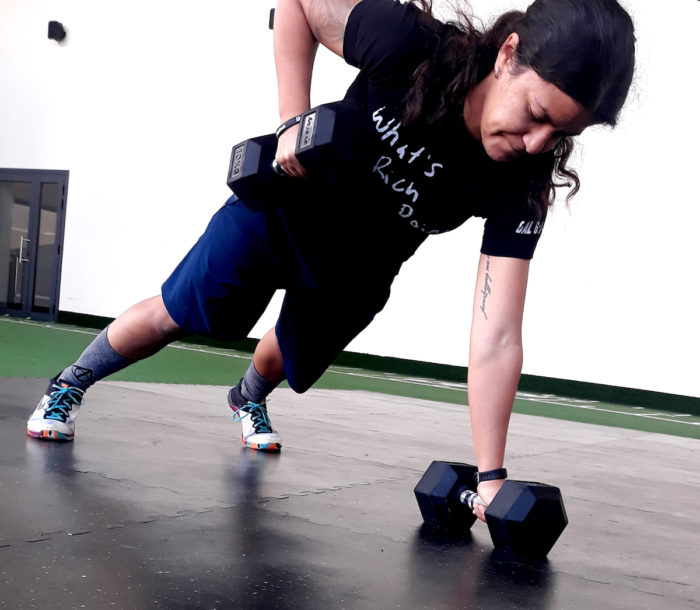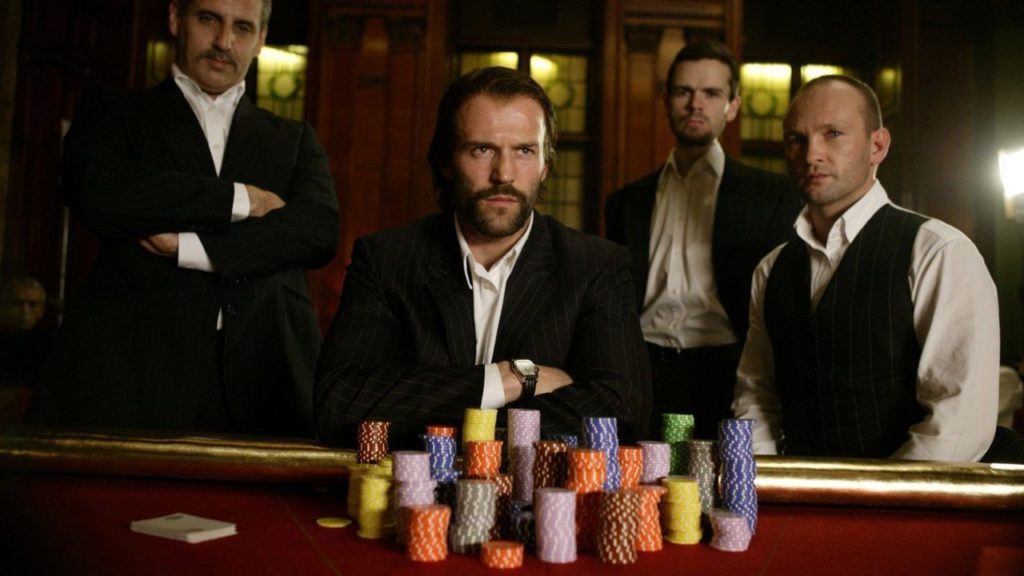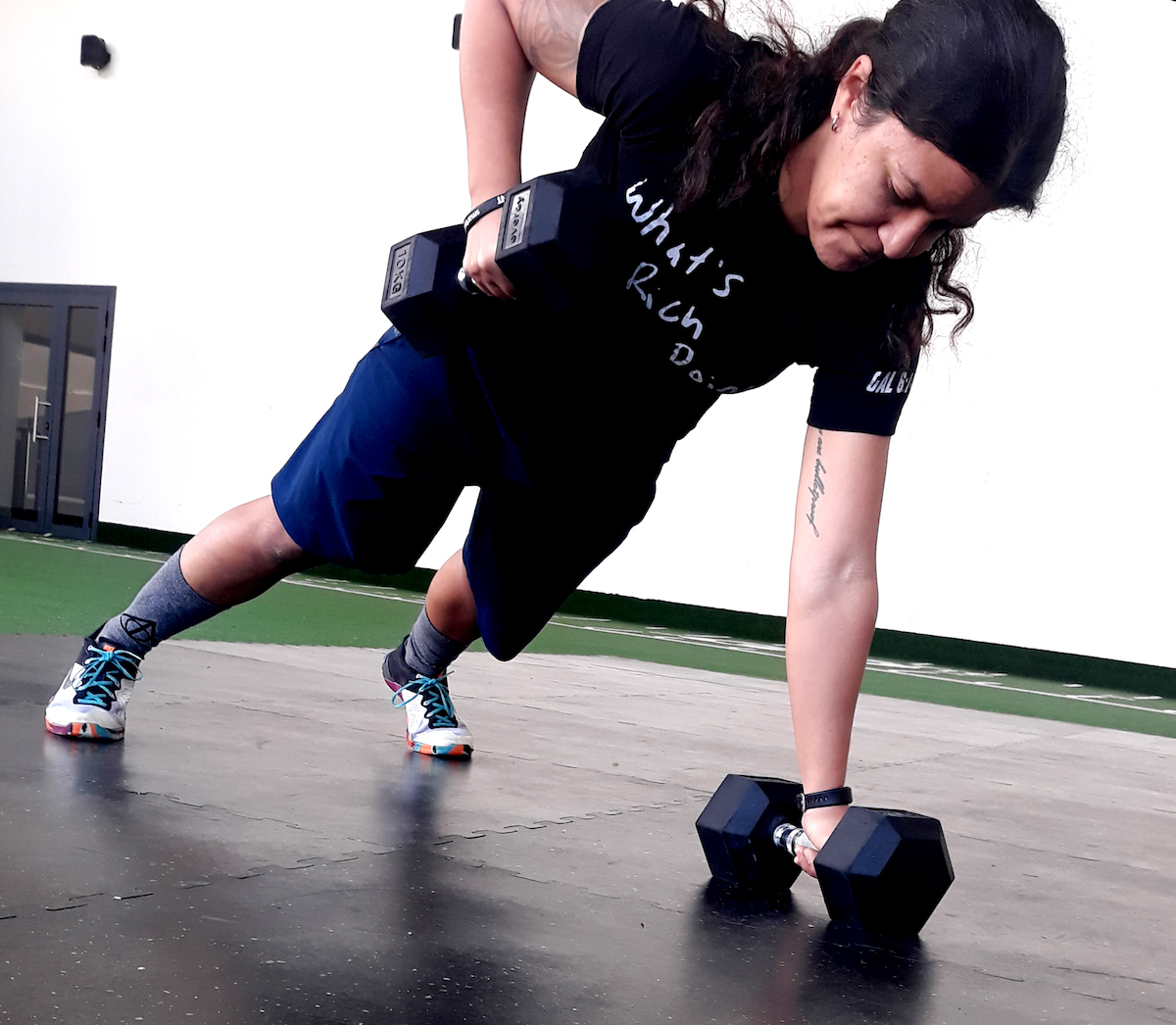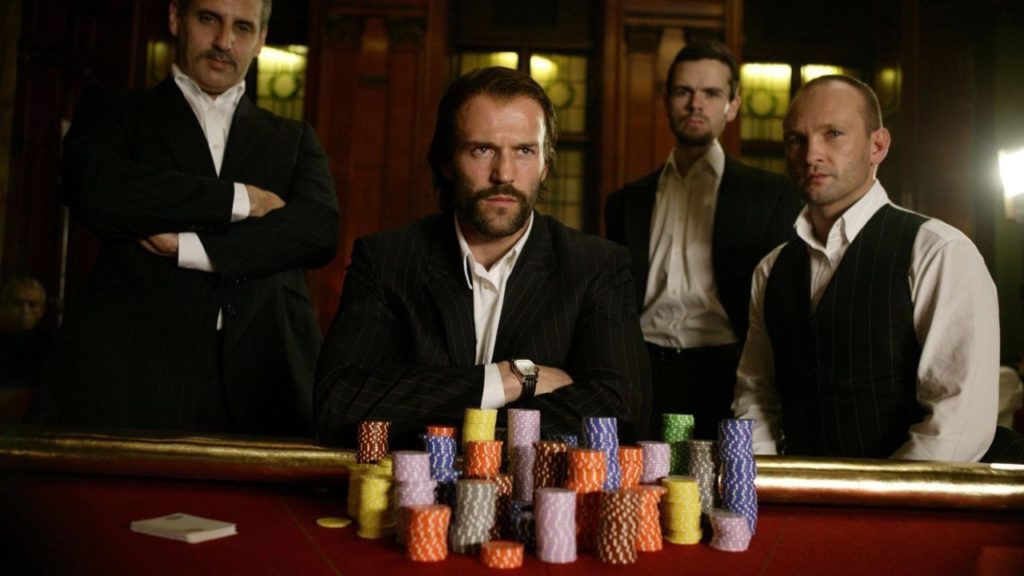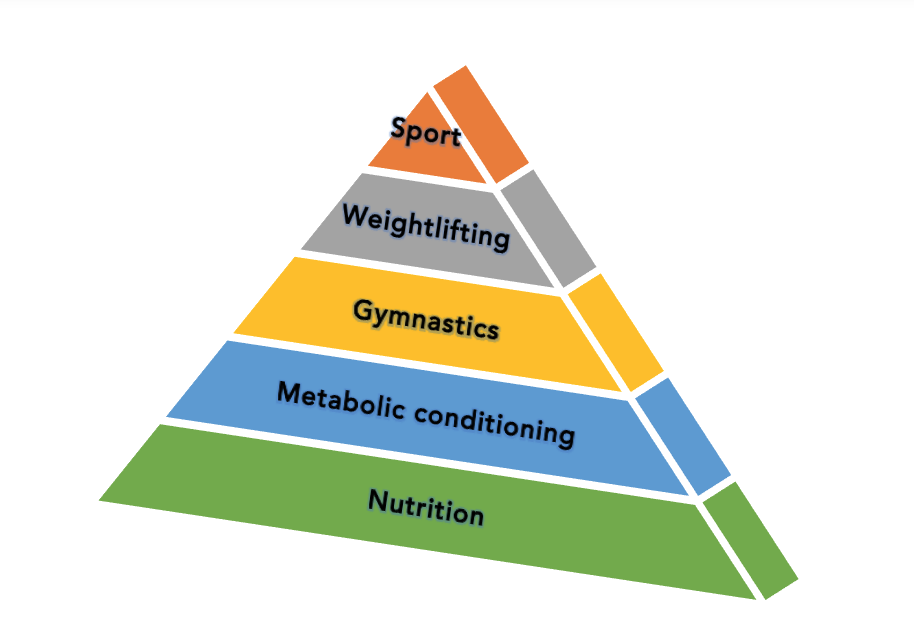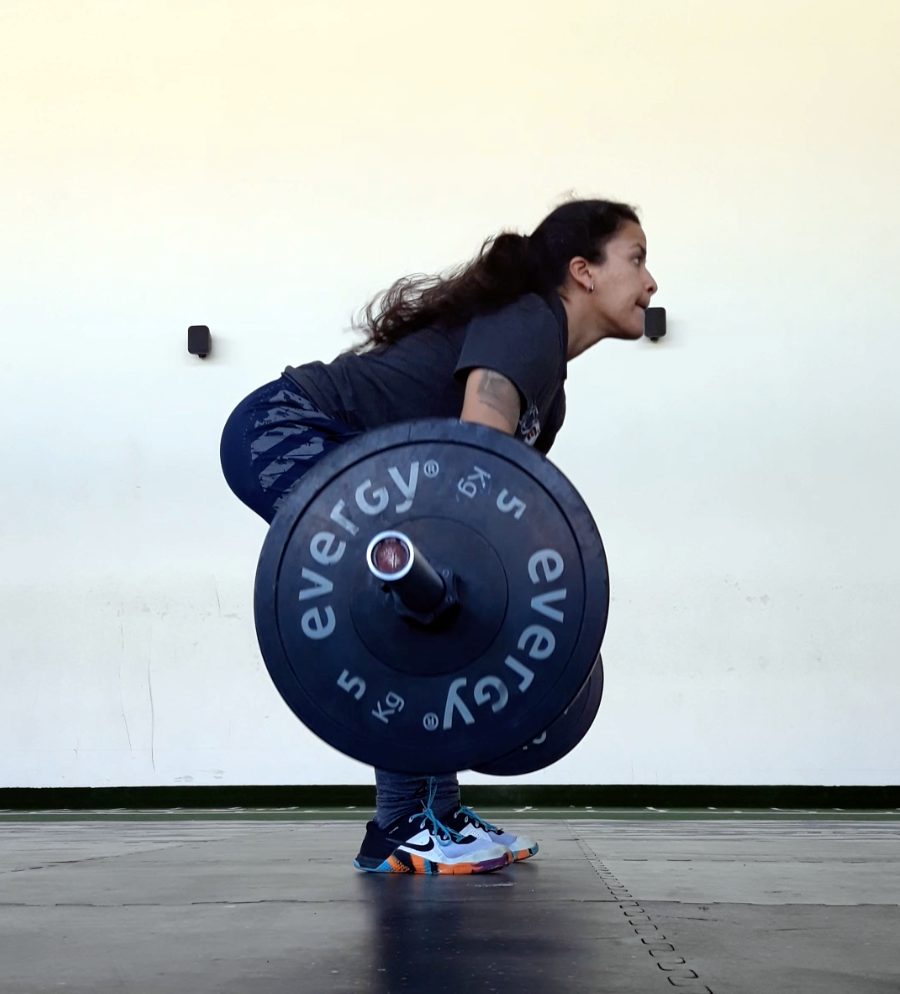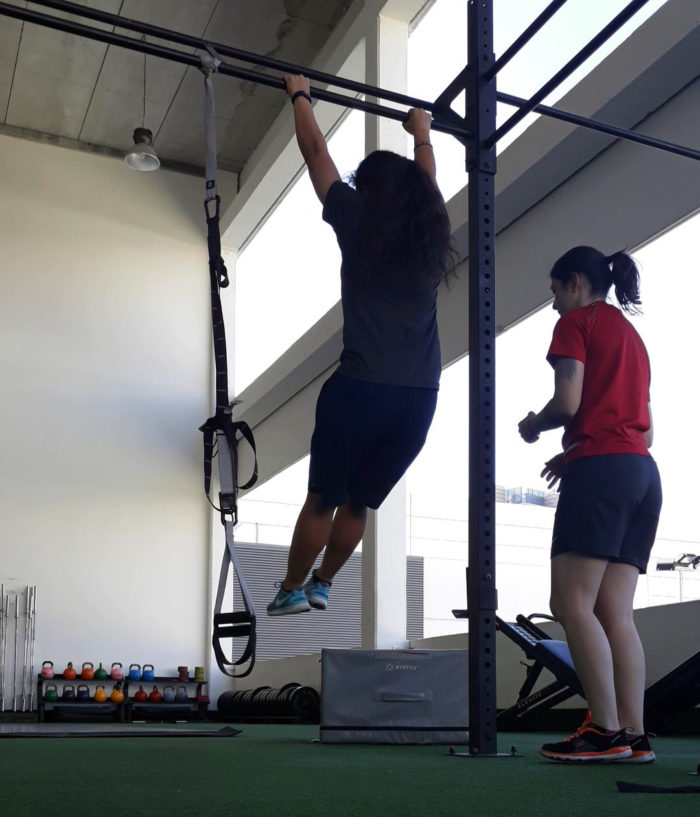Cómo mejorar en CrossFit usando la psicología
Nuestro arma más potente está entre las orejas
Este deporte nunca se vuelve fácil. Te manda constantemente contra los leones pero, eso es lo que nos engancha de todo esto, ¿no? Hay momentos en los que sientes que has tocado techo. Te estancas en una RM, te es imposible enlazar más de dos muscle-ups, y así sucesivamente. Pero no temas porque aún te queda mucho por mejorar en CrossFit.
Igual que las raíces de los árboles sortean obstáculos hasta encontrar una fuente de agua, tu cerebro es el que se encarga de allanarte el camino. El objetivo de este artículo es el de explicar algunas formas que tiene tu mente para controlar el progreso en el CrossFit.
“La única forma de ser más listo es enfrentarte a alguien más listo que tú”
Está parafraseada de la película Revólver, una de las películas favoritas de mi hermano. Pese a que la película es un poco compleja – y nunca la llegué a entender del todo – esta frase se me quedó grabada. Aplicada al deporte en general (o al CrossFit en particular), viene a decir que debemos enfrentarnos activamente al fracaso.
Si algún atleta del box es ninja de la gimnasia, intenta seguirle cuando el entreno contenga ese tipo de movimientos. Si eres lamentable en resistencia cardiovascular, apúntate a la clase cuando el WOD contenga intervalos de remo. Si aún tropiezas con los saltos dobles después de años, practícalo más a menudo y no pares por la frustración.
Cuánto más te enfrentas a la adversidad, más habilidad adquieres a la hora de gestionarla eficazmente. Tu cerebro irá diseñando soluciones cada vez más sofisticadas hasta que encuentre la adecuada.
Confía en la metodología
Lo que más me gusta del CrossFit es que nunca dejo de aprender. Sus enseñanzas no son habladurías sin sentido, no, realmente funcionan cuando lo pruebas tú mismo.
1. Técnica – Consistencia – Intensidad
Estoy casi segura de que has oído hablar de esto alguna vez. Bueno, pues resulta ser clave para progresar en este deporte. Es, además, un método infalible para detección de errores. He visto a gente con sentadillas frontales horribles, poniéndose más y más peso encima en las series de fuerza; o atletas masculinos que pueden hacer tres clean and jerk con 60 kg como esfuerzo máximo y, aún así, decidir hacer Grace Rx; y siempre muero un poquito por dentro.
Si tu técnica de sentadilla frontal flojea (se te meten hacia dentro las rodillas, elevas los talones, etc.), haz terapia de sentadilla. Domina la técnica y, después, vas a por la consistencia. Si tu técnica de clean and jerk es decente pero no eres consistente con 60 kg para un entreno donde tendrás que hacerlo 30 veces, baja el peso. Busca la consistencia con técnica excelente y, después, buscas la intensidad.
Construye tus capacidades físicas sobre una base sólida y no trunques tu progreso desde el principio para mejorar en CrossFit.
2. Teoría jerárquica del desarrollo de un atleta
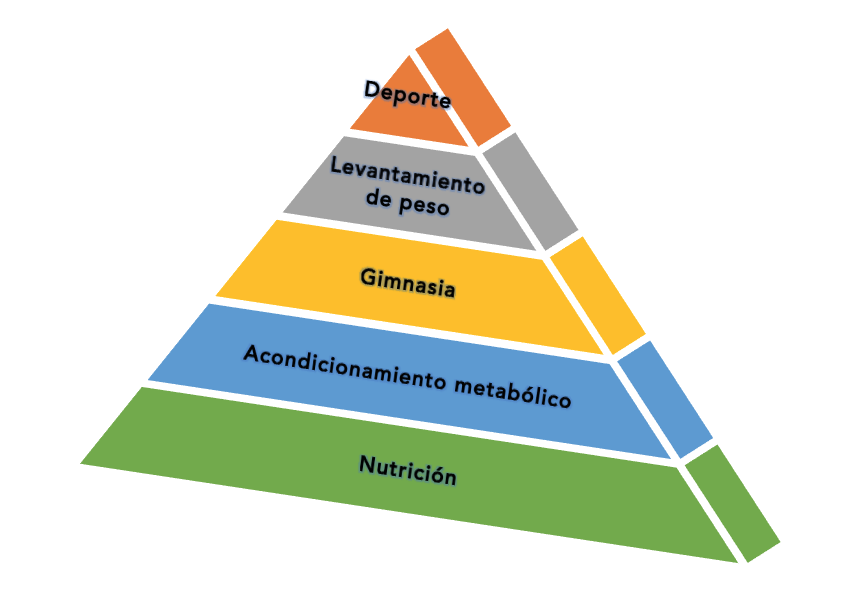
Esto ha sido un descubrimiento reciente, en realidad. Si te fijas, la nutrición y el acondicionamiento metabólico suponen la base de la pirámide. Esto quiere decir que deberían requerir más esfuerzo y dedicación. Pero ese no es el caso para la mayoría de los atletas. Resulta que cada escalón sienta las bases para el escalón siguiente.
Lo comprobé con un ejemplo práctico (el mío). Este año empecé por limpiar mi dieta. Paso la mayor parte de la semana corriendo o haciendo gimnasia en el box, levanto cosas pesadas sólo una o dos veces por semana. Sin embargo, mis RM han subido en peso muerto, sentadilla y press y he mejorado mis tiempos en cada benchmark WOD que he probado hasta ahora.
Si quieres levantar más peso, haz más gimnasia. Si quieres correr más rápido, come mejor. Si quieres mejorar en tu deporte, ¡respeta el método!
Revisa tus vídeos
No lo uses sólo para Instagram. Dales una utilidad. Ben Smith ya dijo que él fue autodidacta para mejorar en CrossFit usando sus vídeos. Los comparaba con los vídeos de levantadores, gimnastas u otros crossfiteros. Los miraba, plano por plano, para ver qué fallos de ejecución que cometía.
La mejor manera de saber qué estás haciendo mal, es verlo tú mismo. Una vez detectas el fallo, asegúrate de introducir esa corrección en tu diálogo interno para la próxima.
Finalmente…confía en tu intuición
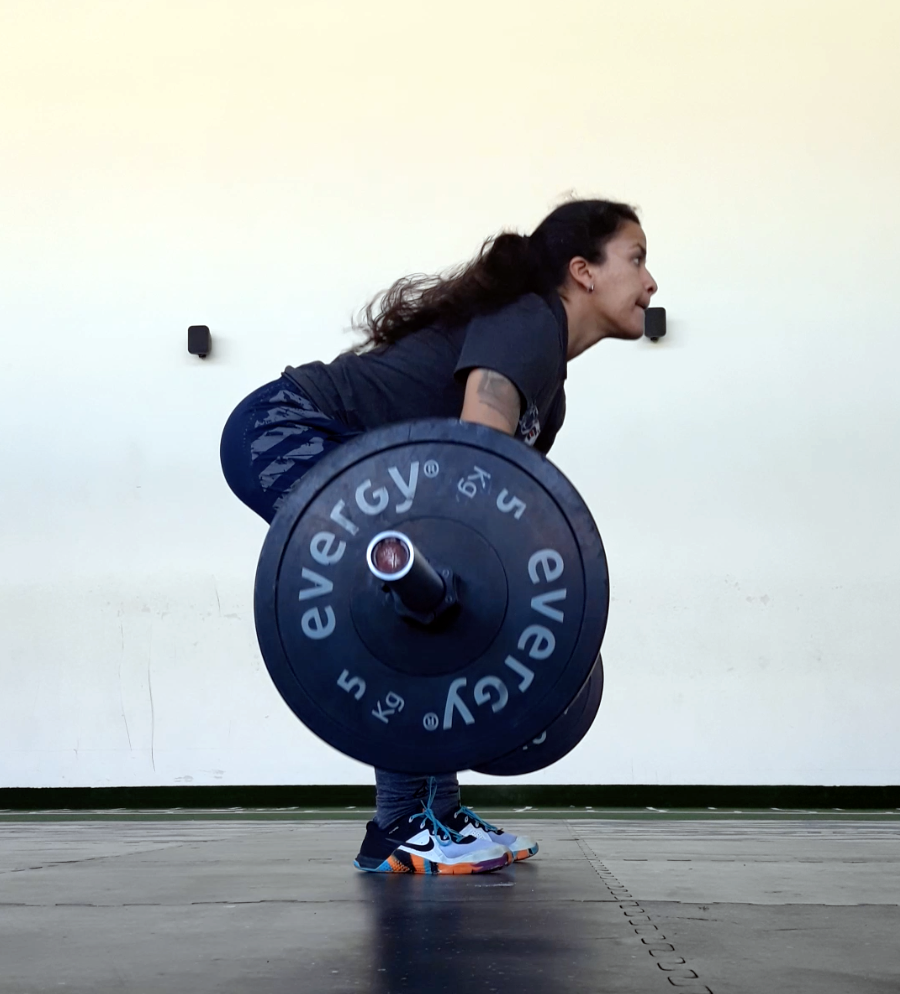
Como coach y como atleta me he dado cuenta de que hay algunas cosas que sólo pueden aprenderse haciéndose. Me bombardean las secciones de noticias de mis redes con consejos de atletas como tú y como yo. Cómo hacer cleans o flexiones de pino o muscle ups y no me suelen servir.
No quiere decir que estén mal sus consejos, lo que pasa es que las soluciones que ofrecen pueden no ser útiles para el error que estás cometiendo. Cada uno tenemos nuestros propios fallos de ejecución y se resuelven de forma distinta.
Para nada quiero decir que seas un lobo estepario y no escuches a nadie. Sólo quiero que entiendas que, en última instancia, tú eres el que ejecuta el movimiento. Escucha a tu cuerpo y te revelará el fallo.

